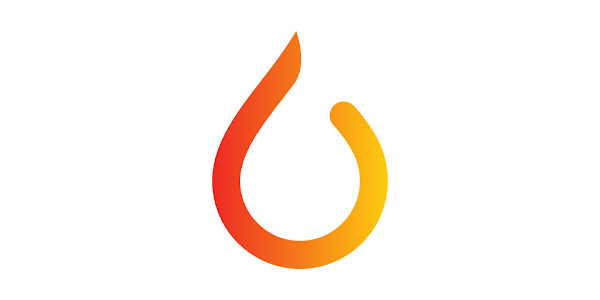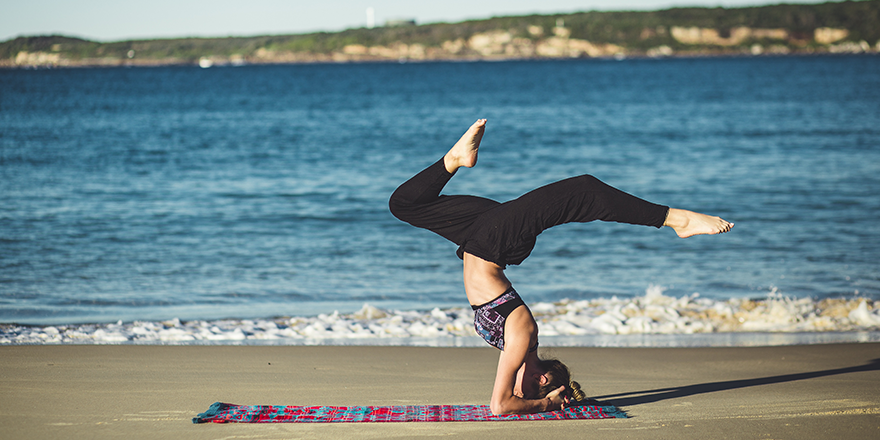
Yoga can help lower blood pressure and relax the body. The practice involves deep breathing and conscious awareness in order to increase blood flow. It reduces heart rate, calms and regulates sleep. Yoga helps to maintain a healthy weight. Hypertension can be caused by obesity or overweight.
Sethu Bandha Sarvanganasana
Sethu Bandha Sarvangasana, a yoga posture that lowers blood pressure and is good for the heart, is Sethu Bandha Sarvangasana. It improves circulation and prevents arterial blockages. It is also known to improve body function and ease mental and physical stress. It helps to prevent varicose, as well as reduces backaches.
This yoga pose slows down your heart rate, which means that the brain uses less energy to pump blood. Supta Padangusthasana is another posture that can help lower blood pressure. It relaxes and promotes circulation. A supported bridge pose can be used to reduce blood pressure.

Virasana
Virasana is a basic posture in yoga. The practitioner must stand with their legs apart. They should have straight arms, firm shoulder blades, and lift their breastbones. The patient should remain in the same position for at least 20 seconds. Ideally, they should stay there for between 30-60 seconds. This asana can be repeated several times by the practitioner, with the duration of each repeat varying.
The back-bending pose of yoga is great for patients with high blood pressure. It relaxes the muscles around your heart and improves blood flow. It also reduces the feeling of heaviness in the head. Asana can also be beneficial for your overall health, since it balances your brain and heart.
Pranayama
Yoga's ability to lower blood pressure is one of its primary benefits. By practicing Pranayama (controlled breathing), one can learn to consciously control the pace of one's breath, thereby lowering the pressure in the body. Yoga is also very helpful in reducing stress, which is the main cause of high blood pressure.
One of the most common breathing techniques, Sukha Pranayama, has been shown to reduce hypertension. This method involves deep breathing and equal duration for both the inhalation and the exhalation. It was demonstrated to reduce BP, HR, pulse pressure, and other hypertensive symptoms in patients. However, more research is needed to confirm the effects of Sukha Pranayama.

Shavasana
Shavasana is a traditional yoga pose that has been proven to reduce blood pressure. It reduces muscle tension, improves venous circulation, and tones the entire nervous system. This calming posture also helps to relieve fatigue. It is therapeutic for people suffering from mild depression, anxiety, insomnia, and stress. This pose is also good for memory and concentration.
When practicing Shavasana, roll to the left rather than the right. This is due to the fact that the right side has a vein called vena va, which brings blood to right atrium. If you move to the right, you may feel dizziness or fainting.
FAQ
Is there a yoga class for people with special needs or disabilities?
Yoga studios can offer classes that are adapted for people with disabilities. These include:
-
Individuals with physical limitations who want to improve posture
-
People with limited mobility
-
Individuals suffering from arthritis
-
Recovering from injuries
-
The elderly
This class is for you if you know anyone who would benefit.
Are yoga mats expensive?
A high-quality yoga mat can be purchased for between $20-$100, depending on its size or material.
What are the best yoga mats?
There are many options for yoga mats. Choose one based on its size, price, and durability.
A high quality mat will not only protect your floor from scratches but also be thin enough to allow you to move quickly.
An inexpensive mat might not be enough to provide sufficient support.
What are the differences among Hatha, Ashtanga Vinyasa Power Yoga and Vinyasa Hatha? ?
There are many types of Yoga. Each type of yoga offers a unique way to achieve balance in your life.
Some of the most popular forms of yoga include:
Hatha - This includes stretching and poses that emphasize core strength and flexibility.
Ashtanga: This practice focuses on slow-paced movements to build strength and stamina.
Vinyasa Yoga - This type allows you deepen your breathing by incorporating fast-flowing sequences.
Power – A form of power-yoga that features more difficult moves.
Kripla - This is one of the oldest forms of yoga that dates back thousands of years.
Bikram - This type of yoga is practiced in heated rooms.
What happens if you practice yoga every day?
You will feel calm, relaxed and centered. It helps to improve your posture, balance, and flexibility.
You become more aware how your body feels as you move. This awareness will make you more conscious and mindful of yourself.
Yoga also improves your concentration.
Your mind becomes sharper and clearer. It calms your nervous systems. It lowers stress levels. And it gives you a sense of peace and well-being.
Yoga involves a lot of sweating.
It depends on which type of yoga you do. Vinyasa flow (or power) yoga involves lots of jumping, twisting, and turning movements. People often sweat heavily while practicing yoga.
Hatha yoga, however, is focused on forwarding twists and bends. Because these poses aren't very strenuous, most practitioners won't experience heavy perspiration.
Do I need to get warm before doing yoga?
No. No.
If your muscles feel stiff or sore after exercising, you can stretch them to loosen them.
Statistics
- According to the Agency for Healthcare Research and Quality, falls are incredibly common among older adults in nursing facilities. Even the simplest ones can increase the risk of death (24). (healthline.com)
- In comparison, a 125-pound person is estimated to burn 135 calories in 30 minutes of walking (at a pace of 15-minute miles) and 210 calories bicycling at a moderate pace on a stationary bike. (everydayhealth.com)
- About one in seven U.S. adults practiced yoga in the past 12 months, according to a 2017 national survey. (nccih.nih.gov)
- According to calorie estimates calculated at Harvard Medical School, the average 125-pound person burns about 120 calories in a half hour of hatha yoga, and a 185-pound person burns about 178 calories in that half hour. (everydayhealth.com)
- Start your Fall off right with 20% off All Access Membership when you sign up by 9/25! (corepoweryoga.com)
External Links
How To
What is the best position to practice yoga?
There are many ways to practice yoga. Everybody is unique. It is enough to find the position that feels most comfortable for you.
Here are some common poses:
Standing poses - These are great for beginners as they allow you to view your body from many angles. These poses make it easier for you to focus on your breath.
Forward bends- Forward bends can often be used to release tight areas. You can either do them lying down or while sitting.
Backbends: Backbends can be considered advanced poses. Instructors can help you decide if this is a pose you would like to try.
Inversions - These are poses that require you upside down to balance. This type of yoga can be challenging but rewarding.